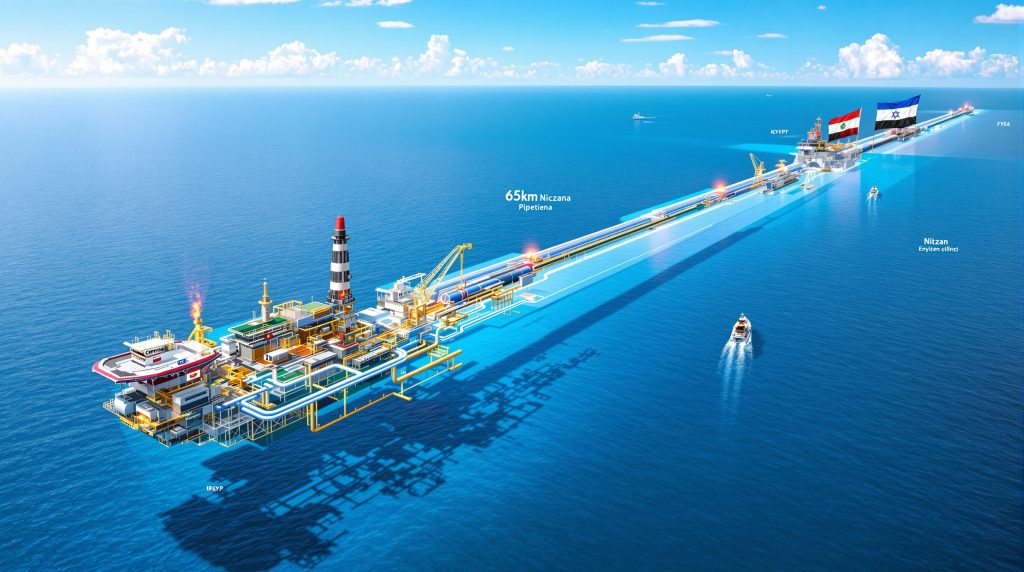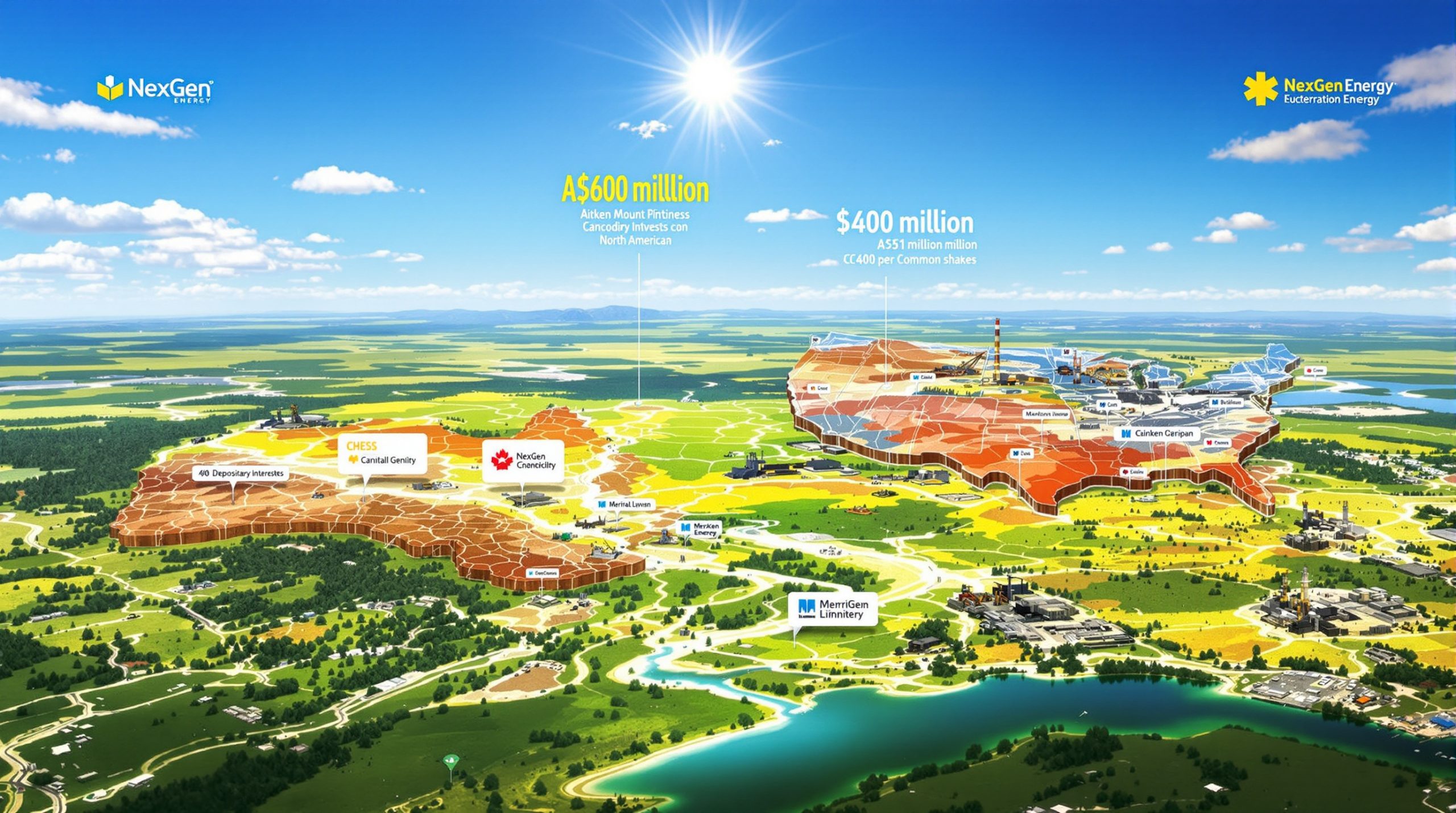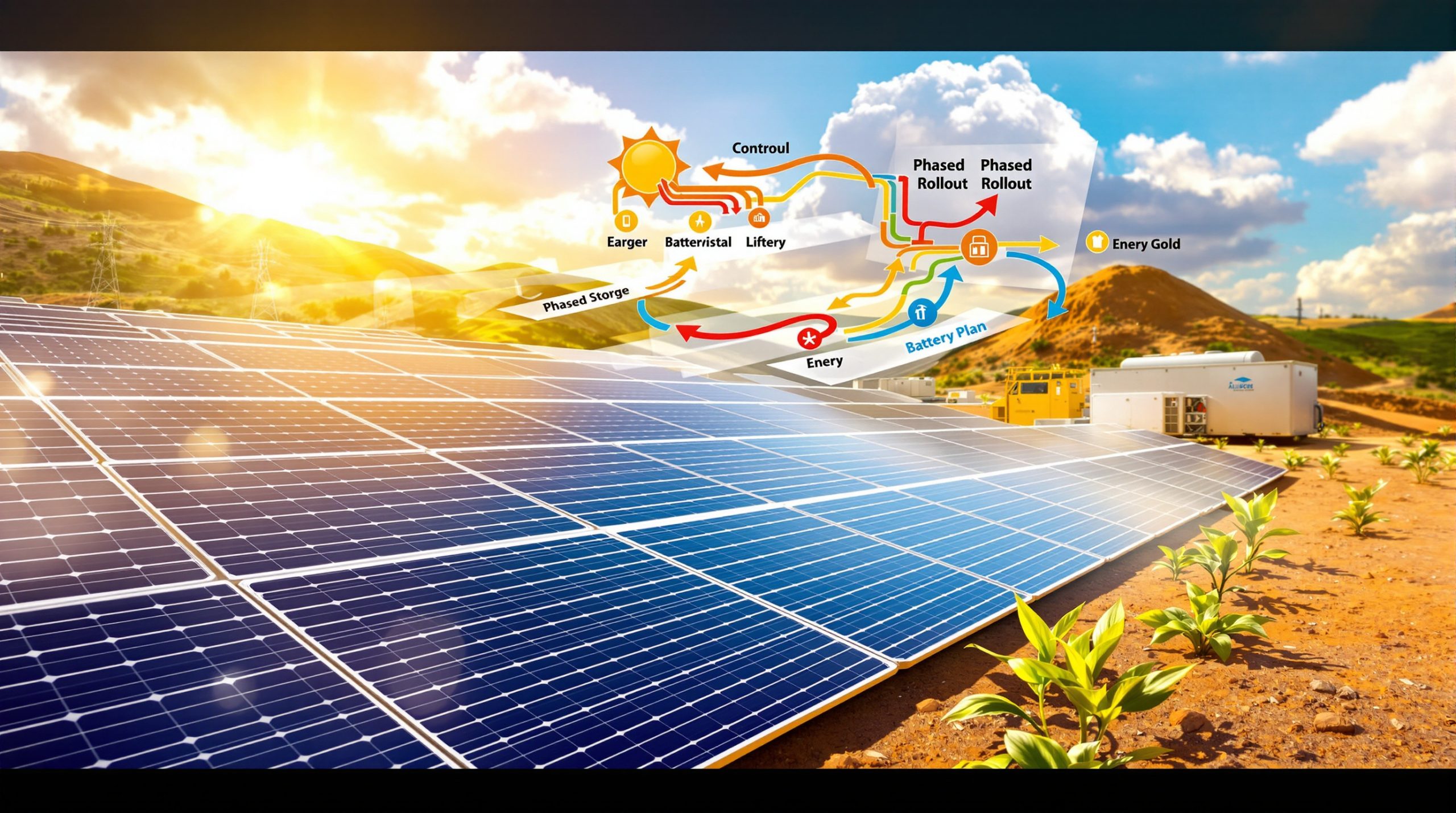Understanding the Chevron-Israel Natural Gas Pipeline Deal: Strategic Implications for Regional Energy
The Nitzana pipeline represents a landmark energy infrastructure project connecting Israel's offshore gas resources to Egypt's energy-hungry market. This $610 million initiative will transport natural gas from the massive Leviathan gas field to Egypt, addressing critical energy security concerns while reshaping regional energy dynamics.
The pipeline will stretch approximately 65 kilometers from the Leviathan field through southern Israel to the Nitzana border crossing with Egypt. With a planned capacity of 600 million cubic feet per day (approximately 6.2 billion cubic meters annually), this infrastructure will significantly boost Israel's total export capacity to Egypt, exceeding 2.2 billion cubic feet daily once operational.
Why Does Egypt Need Israeli Natural Gas?
Egypt's Transition from Exporter to Importer
Egypt's energy landscape has undergone a dramatic transformation in recent years. Once a net exporter of natural gas, the country now finds itself increasingly dependent on imports to meet domestic demand. Several factors have contributed to this reversal:
- Declining domestic production from mature fields, including the once-promising Zohr gas field
- Limited new discoveries since 2015, creating supply constraints
- Surging domestic electricity demand driven by population growth and economic development
- Financial challenges including hard currency shortages and payment issues with international energy companies
This situation has forced Egypt to become a net gas importer since 2022, relying heavily on costly LNG imports to bridge the supply gap.
Current Import Patterns and Costs
The scale of Egypt's reliance on Israeli gas is substantial and growing:
- In 2024, Egypt imported a record 981 million cubic feet per day from Israel
- This represented an 18.2% year-over-year increase from 2023 levels
- Israeli gas now accounts for approximately 20% of Egypt's total gas supply
- The country spends billions annually on LNG imports to meet remaining demand
How Will the Pipeline Transform Regional Energy Security?
Strategic Benefits for Egypt
The Nitzana pipeline offers Egypt several critical advantages:
- Cost efficiency: Pipeline gas typically costs significantly less than imported LNG
- Supply reliability: Direct pipeline connection provides more consistent supply than spot LNG cargoes
- Reduced foreign exchange pressure: Lower overall import costs help preserve foreign currency reserves
- Energy hub aspirations: Enhanced infrastructure supports Egypt's goal of becoming a regional energy hub
Israel's Export Expansion
For Israel, the pipeline represents a major milestone in its emergence as a significant energy exporter:
- Market diversification: Expands export options beyond current domestic and regional markets
- Revenue generation: The $35 billion gas supply agreement (extended until 2040) provides stable, long-term income
- Resource monetization: Maximizes the economic potential of the Leviathan field's 22.9 trillion cubic feet of recoverable gas
- Strategic partnership: Deepens economic ties with Egypt, enhancing regional stability
What Are the Technical Specifications of the Project?
Pipeline Infrastructure Details
The Nitzana pipeline incorporates several key technical elements:
- Length: Approximately 65 kilometers (40 miles)
- Route: From Leviathan field → Ramat Hovav compressor station → Nitzana border crossing
- Capacity: 600 million cubic feet per day (6.2 billion cubic meters annually)
- Completion timeline: Expected to be operational by 2028 (three-year construction period)
- Egyptian investment: $400 million for connecting infrastructure on the Egyptian side
Leviathan Field Characteristics
As the source of gas for the pipeline, the Leviathan field's capabilities are central to the project:
- Location: 130 km off Haifa's shores in the Mediterranean Sea
- Size: 330 square kilometers with 22.9 trillion cubic feet of recoverable gas
- Production system: 4 subsea wells connected to an offshore platform via subsea manifold
- Current distribution: Gas piped to Israel's national grid and distributed to customers in Israel, Egypt, and Jordan
Who Are the Key Stakeholders in the Deal?
Corporate Partners
The project involves several major energy companies with varying ownership stakes:
- Chevron: Operator with 39.7% working interest in Leviathan
- NewMed Energy: Largest shareholder with 45.3% working interest
- Ratio Energies: Israeli energy partnership holding 15% working interest
- Israel Natural Gas Lines: State-owned pipeline operator responsible for construction
Government Involvement
Both Israeli and Egyptian governments play crucial roles:
- Israel: Providing regulatory approvals and supporting export expansion
- Egypt: Investing in connecting infrastructure and facilitating imports
- Regulatory oversight: Both countries' energy ministries monitoring implementation
How Does This Project Fit into Broader Geopolitical Dynamics?
Regional Tensions and Energy Cooperation
The pipeline development occurs against a backdrop of complex regional politics:
- Middle East conflicts: Ongoing tensions in Gaza and broader regional instability
- Maritime disputes: Competing claims in Eastern Mediterranean waters
- Energy diplomacy: Using natural gas cooperation to strengthen diplomatic ties
- European energy security: Potential for Israeli gas to reach European markets via Egypt's LNG facilities
Chevron's Multi-Front Strategy
Chevron is pursuing several strategic initiatives simultaneously in the Eastern Mediterranean:
- Nitzana pipeline: Finalizing terms for Israeli gas exports to Egypt
- Greek exploration: Bidding for offshore blocks near Crete (contested by Libya)
- Leviathan expansion: Preparing final investment decision on field expansion
These moves position the American energy major at the center of the region's most significant energy transition challenges and maritime disputes.
What Are the Future Expansion Plans for Leviathan?
Leviathan Phase 1B Development
The pipeline project aligns with broader plans to expand Leviathan's production capacity:
- Final Investment Decision: Expected in Q4 2025
- Development components: Additional drilling, subsea systems, and potential floating LNG facility
- Production increase: Significant boost to annual capacity
- Market focus: Supporting both regional pipeline exports and potential global oil futures trends
- Contract negotiations: Ongoing discussions with potential customers for expanded production
How Will This Impact Global Energy Markets?
Mediterranean Gas Hub Development
The Nitzana pipeline contributes to the Eastern Mediterranean's emergence as a significant gas-producing region:
- Integration of resources: Connecting Israeli offshore gas to Egyptian infrastructure
- Export potential: Supporting both regional consumption and potential exports to Europe
- Market diversification: Providing alternatives to traditional gas suppliers
- Price implications: Potentially influencing regional gas pricing dynamics and oil price rally insights
Investment Climate Signals
The project sends important signals to energy investors:
- Confidence in Eastern Mediterranean gas: Despite regional tensions, major investments continue
- Long-term commitments: 15+ year supply agreements demonstrate belief in sustained demand
- Infrastructure development: Willingness to invest in major cross-border energy projects
- Corporate strategy: Major companies prioritizing natural gas development in their portfolios
What Challenges Could Impact the Project?
Political and Security Risks
Several factors could potentially affect implementation:
- Regional conflict escalation: Further deterioration in Israeli-Palestinian relations
- Regulatory hurdles: Potential changes in government policies or approval processes
- Security threats: Pipeline infrastructure vulnerability in sensitive border areas
- Public opposition: Potential domestic resistance in either country
Furthermore, the ongoing developments in Venezuela energy policy could indirectly influence global energy market dynamics.
Economic and Market Uncertainties
Financial and market factors also present challenges:
- Cost overruns: Potential for construction expenses to exceed projections
- Demand fluctuations: Changes in Egyptian gas consumption patterns
- Pricing disputes: Disagreements over gas pricing mechanisms
- Alternative supplies: Competition from other gas sources or Saudi exploration licenses
Conclusion: The Strategic Significance of the Nitzana Pipeline
The Chevron-Israel natural gas pipeline agreement represents far more than just an infrastructure project. It symbolizes the evolving energy landscape of the Eastern Mediterranean, where resource development transcends political differences to address practical economic needs.
For Egypt, the pipeline offers a critical solution to its growing energy security challenges, providing a reliable and relatively affordable gas supply to meet domestic demand. For Israel, it represents the continued monetization of its offshore resources and strengthening of regional economic ties.
The project also highlights the central role that American energy companies now play in Eastern Mediterranean energy development, with Chevron strategically positioned across multiple countries and projects in the region.
As construction begins and the 2028 completion target approaches, the Nitzana pipeline will likely become an increasingly important component of regional energy security, potentially reshaping political relationships and economic opportunities throughout the Eastern Mediterranean.
Further Exploration:
Readers interested in learning more about Eastern Mediterranean energy developments can also explore related educational content from Oilprice.com, which offers ongoing coverage of regional energy projects and geopolitical developments affecting global energy markets. Additionally, the Times of Israel provides valuable insights into the local perspective on this landmark Chevron-Israel pipeline deal.
Ready to Spot the Next Major Resource Discovery?
Don't miss out on game-changing mineral discoveries happening right now on the ASX. Discover why major resource finds can lead to significant market returns by exploring Discovery Alert's dedicated discoveries page, powered by their proprietary Discovery IQ model that transforms complex mineral data into actionable investment opportunities.




